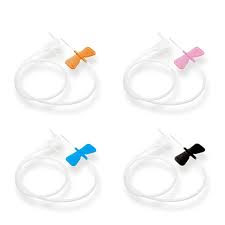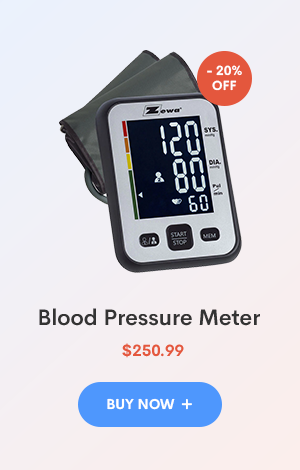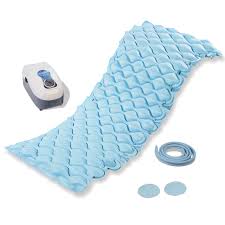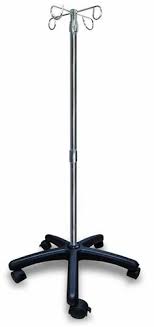Description
An IV (Intravenous) cannula is a small, flexible tube inserted into a vein to provide venous access for administering fluids, medications, and other treatments directly into the bloodstream. Here are some key points about IV cannulas:
- Types:
- Peripheral IV Cannula: Commonly used for short-term treatments, such as in emergency or surgical settings. It is typically inserted into veins in the forearm or hand.
- Central Line IV Cannula: Used for long-term treatments, such as chemotherapy or parenteral nutrition. It is inserted into larger veins, such as the jugular or subclavian veins.
- Midline Catheter: Less invasive than a central line, used for treatments lasting more than five days but less than a month. It is inserted into a large vein in the upper arm.
- Sizes: IV cannulas come in various sizes, indicated by gauge (G). The larger the gauge number, the smaller the diameter of the cannula. Common sizes include:
- 14G: Large diameter, used for rapid fluid administration.
- 16G: Used for blood transfusions and rapid fluid administration.
- 18G: Commonly used for blood transfusions and general IV therapy.
- 20G: Suitable for most IV therapies.
- 22G: Used for pediatric and elderly patients with smaller veins.
- 24G: Used for neonates and very small veins.









Reviews
There are no reviews yet.